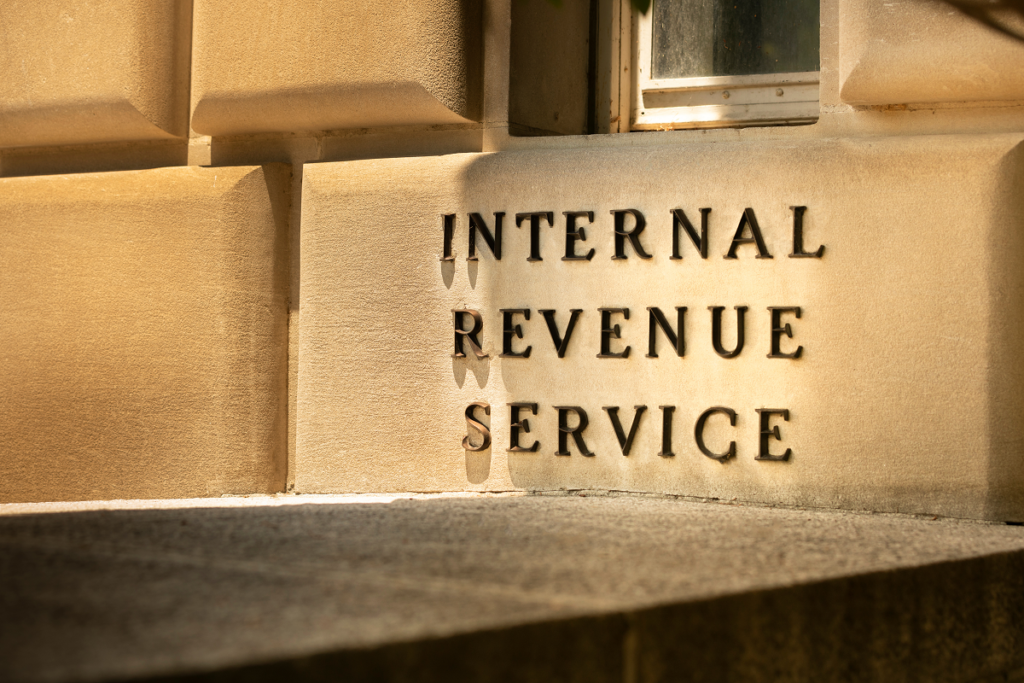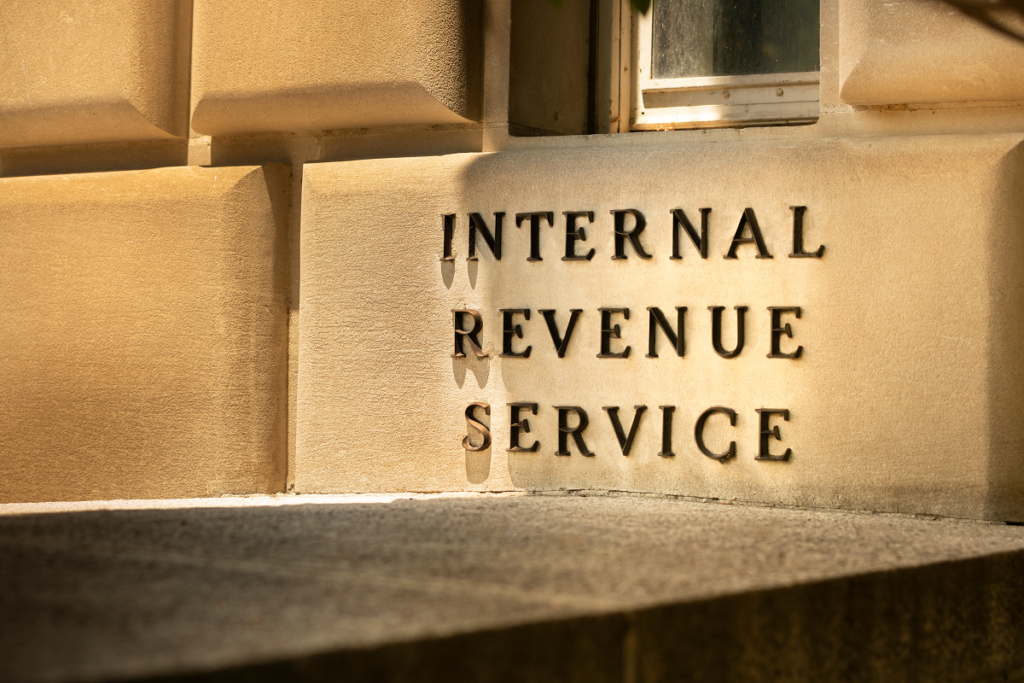
In general, the Internal Revenue Service (IRS) has 10 years to collect unpaid tax debt. After that, the debt is wiped clean from its books and the IRS writes it off. This is called the 10 Year Statute of Limitations. It is not in the financial interest of the IRS to make this statute widely known. Therefore, many taxpayers with unpaid tax bills are unaware this statute of limitations exists. In addition, like most IRS rules, the nuances of the statute can be complex and difficult to understand. This article explains what tax debtors need to know in order to decide if it is financially advantageous for them to “wait out the IRS.”
Those choosing this option must be prepared for the IRS to leverage all its legal tactics to collect during that period. Toward the end of the Collection Statute Expiration Date (CSED), the agency will likely become even more aggressive in its collection actions. The IRS agents could take on the role of both “bad cop” and “good cop.” The latter could include offering “deals.” One typical one is creating an installment payment plan. At first glance, it may seem attractive. In exchange, tax debtors will sometimes have to agree to extend the CSED. Before taking any arrangement provided by the IRS, those with unpaid taxes should consult a tax professional. The 10-year period is supposed to begin when the tax was assessed. However, there are frequently disputes on that timing between tax debtors and the IRS. The agency has been known to calculate the CSED differently than the debtors. Sometimes this occurs when the debtor did not pay taxes in full or only partially for several years. There may be questions as to what year the assessment of debt began. Fortunately, there are ways for debtors to have the IRS agree, at the front end, on the CSED. One is to present the tax data to a tax expert before approaching the IRS.
In addition, the clock could be stopped temporarily (known as “tolling the statute of limitations”) for a variety of reasons. Those include:
- Filing bankruptcy
- Filing an Offer in Compromise
- Filing appeals
- Filing lawsuit against IRS
- Being out of the country for at least 6 months
- Signing waiver to extend the CSED
- Military deferments.
Afterwards, the clock will start up again, but not always immediately. For the bankruptcy case, it will take an additional 6 months after settlement. Obviously, when the clock is not running, the CSED is delayed, and thereby extended. When the statute of limitations expires, the IRS does not notify those who had been former debtors. That must be tracked by the debtors themselves or their tax professional. Also, it is their own responsibility to obtain documentation from the IRS that the tax debt no longer exists. Once that is confirmed, a tax professional can assist the taxpayer in having the IRS issue an official Certificate of Release of Federal Tax Lien or a Lien Withdrawal. Proof of a lien release or withdrawal is usually needed to present to institutions who determine credit-worthiness. It is a first step taxpayers can take to repair their financial profiles. The “waiting it out” strategy is not recommended for all tax debtors, however. The 10-year period is a long time. Some, for example, may not be able to continue to operate their business with the standard measures enforced by the IRS to collect. Attempting to utilize an imminent CSED as an IRS tax debt strategy should only be considered while under the guidance of a licensed tax relief specialist.
What are the other options?
There are several. One is to have a tax professional negotiate with the IRS a reduction in the total tax debt. Another is to have that tax expert establish with the IRS an installment payment plan that is financially feasible. A third is to have the tax professional present a hardship case to the IRS. During that process, a tax professional can request that the IRS stop collection procedures ranging from liens on property to garnishment of wages. Being in debt to the IRS does not have to mean being in continual financial distress. There are proven ways to manage tax debt. However, a common error for those unable or unwilling to pay their taxes is to simply do nothing. Research and experience both show that people in that situation who consult with a tax relief expert early could have fewer financial, business, and personal repercussions. Fortunately, most tax relief professionals provide consultations prior to full-on Representation. During the consultation, a tax debtor and tax professional can together understand the scope of the tax problem, discuss the options available, and determine how to best resolve the matter.
What To Do Next?
Instead of paying $2,500 and up right away for a full-time Tax Representative, you may be able to represent yourself with some expert guidance. To go over step-by-step instructions on what needs to be done and how to do it yourself, reserve your IRS Case Strategy Session today with us today and review our frequently asked tax debt relief questions. Millions of taxpayers pay less to the IRS every year – will you be one of them?
In general, the Internal Revenue Service (IRS) has 10 years to collect unpaid tax debt. After that, the debt is wiped clean from its books and the IRS writes it off. This is called the 10 Year Statute of Limitations. It is not in the financial interest of the IRS to make this statute widely known. Therefore, many taxpayers with unpaid tax bills are unaware this statute of limitations exists. In addition, like most IRS rules, the nuances of the statute can be complex and difficult to understand. This article explains what tax debtors need to know in order to decide if it is financially advantageous for them to “wait out the IRS.”
Those choosing this option must be prepared for the IRS to leverage all its legal tactics to collect during that period. Toward the end of the Collection Statute Expiration Date (CSED), the agency will likely become even more aggressive in its collection actions. The IRS agents could take on the role of both “bad cop” and “good cop.” The latter could include offering “deals.” One typical one is creating an installment payment plan. At first glance, it may seem attractive. In exchange, tax debtors will sometimes have to agree to extend the CSED. Before taking any arrangement provided by the IRS, those with unpaid taxes should consult a tax professional. The 10-year period is supposed to begin when the tax was assessed. However, there are frequently disputes on that timing between tax debtors and the IRS. The agency has been known to calculate the CSED differently than the debtors. Sometimes this occurs when the debtor did not pay taxes in full or only partially for several years. There may be questions as to what year the assessment of debt began. Fortunately, there are ways for debtors to have the IRS agree, at the front end, on the CSED. One is to present the tax data to a tax expert before approaching the IRS.
In addition, the clock could be stopped temporarily (known as “tolling the statute of limitations”) for a variety of reasons. Those include:
- Filing bankruptcy
- Filing an Offer in Compromise
- Filing appeals
- Filing lawsuit against IRS
- Being out of the country for at least 6 months
- Signing waiver to extend the CSED
- Military deferments.
Afterwards, the clock will start up again, but not always immediately. For the bankruptcy case, it will take an additional 6 months after settlement. Obviously, when the clock is not running, the CSED is delayed, and thereby extended. When the statute of limitations expires, the IRS does not notify those who had been former debtors. That must be tracked by the debtors themselves or their tax professional. Also, it is their own responsibility to obtain documentation from the IRS that the tax debt no longer exists. Once that is confirmed, a tax professional can assist the taxpayer in having the IRS issue an official Certificate of Release of Federal Tax Lien or a Lien Withdrawal. Proof of a lien release or withdrawal is usually needed to present to institutions who determine credit-worthiness. It is a first step taxpayers can take to repair their financial profiles. The “waiting it out” strategy is not recommended for all tax debtors, however. The 10-year period is a long time. Some, for example, may not be able to continue to operate their business with the standard measures enforced by the IRS to collect. Attempting to utilize an imminent CSED as an IRS tax debt strategy should only be considered while under the guidance of a licensed tax relief specialist.
What are the other options?
There are several. One is to have a tax professional negotiate with the IRS a reduction in the total tax debt. Another is to have that tax expert establish with the IRS an installment payment plan that is financially feasible. A third is to have the tax professional present a hardship case to the IRS. During that process, a tax professional can request that the IRS stop collection procedures ranging from liens on property to garnishment of wages. Being in debt to the IRS does not have to mean being in continual financial distress. There are proven ways to manage tax debt. However, a common error for those unable or unwilling to pay their taxes is to simply do nothing. Research and experience both show that people in that situation who consult with a tax relief expert early could have fewer financial, business, and personal repercussions. Fortunately, most tax relief professionals provide consultations prior to full-on Representation. During the consultation, a tax debtor and tax professional can together understand the scope of the tax problem, discuss the options available, and determine how to best resolve the matter.
What To Do Next?
Instead of paying $2,500 and up right away for a full-time Tax Representative, you may be able to represent yourself with some expert guidance. To go over step-by-step instructions on what needs to be done and how to do it yourself, reserve your IRS Case Strategy Session today with us today and review the frequently asked tax relief questions. Millions of taxpayers pay less to the IRS every year – will you be one of them?


